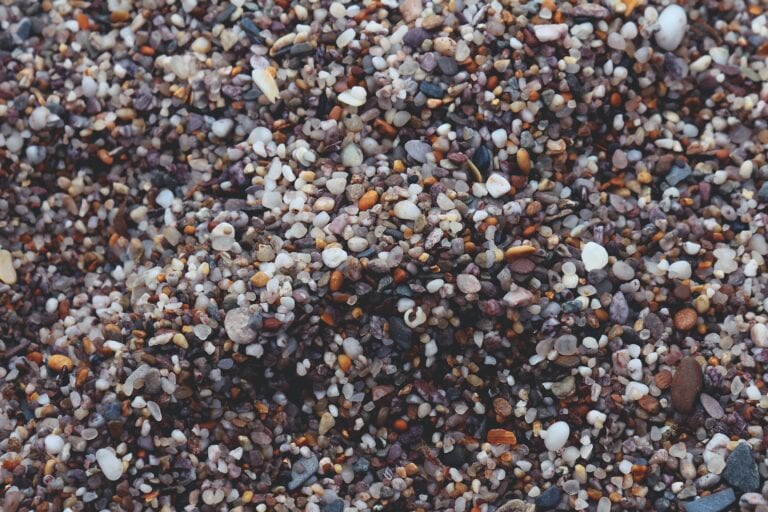
With So many Freshwater Aquarium Substrate Types, Which is the Best for You?
The following list has been put together to help you understand the many different freshwater aquarium substrate types, and help you make the choice of which one is right for you. It will provide both the positive and negatives to each along with some helpful tips and tricks.
Quick Search
Gravel
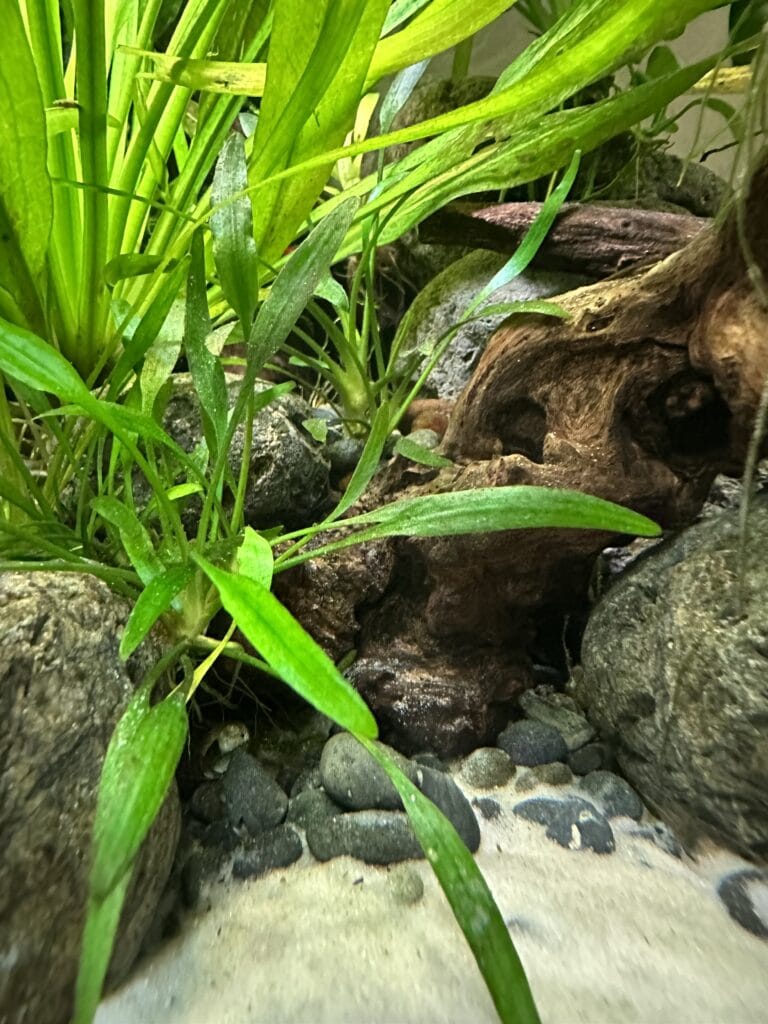
Pros
Gravel is perhaps the most common freshwater aquarium substrate type aquarists use. Most found in pet shops are made up of small, pea-sized rocks that come in various colors and textures. However, some larger rocks (as seen to the right) can be used.
One of the biggest advantages of aquarium gravel is that it provides a home for beneficial bacteria that help filter and purify the water. It also serves as an anchoring point for live plants, allowing space for the roots to grow. The plants will enjoy the leftover fish food and fish waste that falls into the gravel.
Gravel can help create a wonderful natural-looking environment, when natural gravel colors are chosen. Practically all aquarium fish are compatible with gravel with a few possible exceptions.
Cons
There are not many cons to aquarium gravel depending on a few variables. One difficulty you may run into is that it can be difficult to clean when bright colors are chosen. Gravel will often have some algae growing on it, but I personally like the natural look.
Additionally, some types of gravel can have sharp edges that can damage the delicate fins or barbels of some fish, like the Corydoras species. However, it should be noted that if the gravel is smooth to the touch, then you shouldn’t have any trouble with more delicate fish. Also, something to consider with gravel is that some fish enjoy burying their bodies in the substrate, like some loaches, which can be difficult for them to do with larger gravel.
Sand
Pros
Many people enjoy adding sand to their aquarium because of its beautiful aesthetic. It also can be helpful for growing beneficial bacteria in the aquarium like gravel.
A fun aspect of sand, depending on what fish you are keeping, is that some fish love to bury themselves in it. Be careful not to select aragonite sand unless you are wanting to bring your PH up.
Some fish who love sand are most bottom dwellers, like Corydoras or Loaches, Geophagus, and shell dwelling cichlids.
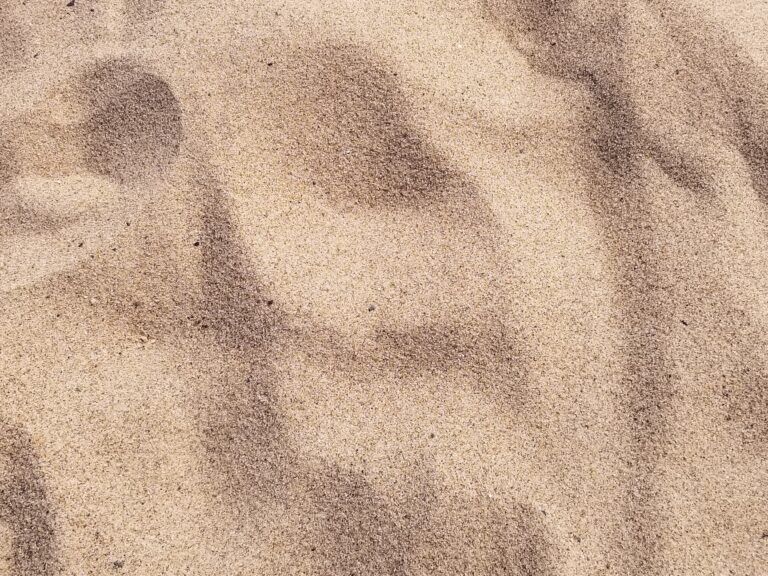
Cons
While many people enjoy using sand in their aquariums, it is not always the best option. One reason sand can be a problem is because it creates a tight barrier over time as it settles. This means that extra food and fish waste can be clearly seen on the top of the sand and plants can have a hard time rooting in it. There are some plants that can handle sand like Vallisneria, but you will notice a substantial difference in plant growth or even the death of most plants over time.
Another reason some do not enjoy sand is that it can be easily moved around. You may find that your filter is angled in just the right way that you have a hole in your substrate, or you may find a fish who enjoys kicking the sand to where they want it. Either way these are just things to consider before using sand.
Aquarium Soil
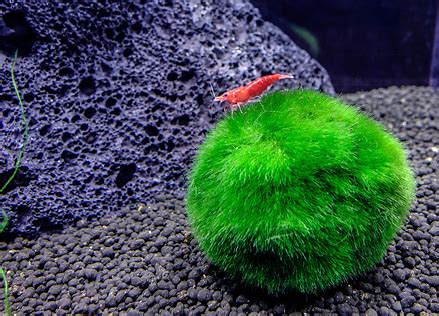
Pros
Aquarium soil has become a popular choice for hobbyists over the past few years for several reasons. Firstly, aquarium soil contains many nutrients, such as nitrogen, phosphorus, and potassium, which are vital for the healthy growth of aquatic plants.
Secondly, aquarium soil helps maintain a low pH level in your aquarium water, creating a stable environment for certain aquatic life to thrive, such as Caridina shrimp.
Lastly, aquarium soil creates a natural and aesthetically pleasing look, replicating the natural habitats of some fish, and promoting a healthy and stress-free environment for them. With the growth of plant-keeping in the hobby, many have jumped on the aquarium soil bandwagon.
While practically all plants would love aquarium soil and shrimp, some fish would also enjoy the benefits of it lowering the PH. One group of fish that seem to enjoy a lower PH are most tetra species.
Cons
Aquarium soil certainly has uses, but it also has some negatives that are associated with it. One problem that comes about from using some aquarium soils, is the fact that when it is first placed in the aquarium it will often leach ammonia. Amazonia soil is a well-known culprit of doing this. Some aquarists consider this a perk for cycling the tank and for helping plants establish themselves, however, it can also cause a lot of problems with algae if not handled properly.
A second negative to using aquarium soil is that it can be messy. Most aquarium soils come in a small balled-up form but over time they will fall apart into a muddy mess. If you ever move a plant in this stage, it will create a cloud in the aquarium. This also means you may need to replace it.
A third negative is that the soil will run out of nutrients and lose its buffering power over time. The time frame of use differs by brand and type of aquarium soil. Again, the only way to fix this is by replacing it.
A last negative to using aquarium soil is that it decreases the PH. Some aquarium creatures like most African cichlids will not appreciate a low PH.
Garden Soil or Organic Potting Soil
Pros
Some planted aquarium fans love to use organic potting soil, or “backyard” soil for their aquarium substrate. The great part about using organic soil is that it is readily available and incredibly cheap (sometimes free).
Soil is packed with nutrients for aquarium plants and does not need to be replaced or fertilized for a long time. Be sure that if you buy soil or take some from your yard that it does not have any fertilizer added or chemicals in it.
Many fish will work fine with soil but keep in mind that some will kick up the soil.
Cons
While many will try using organic soil in their freshwater aquariums, many will also regret using it. The reasons vary, but most are because of not using it correctly or not realizing some of the effects soil can cause on the aquarium.
Perhaps the greatest reason many do not like to use organic soil is that it can be very messy. Soil that has not been “capped” with sand will cause the water to be murky to the point of not being able to see through the tank. Even if you “cap” it with sand it can still be disturbed by fish, the moving of plants, or during a water change.
A second con to using organic soil is that it is packed with nutrients. This can cause difficult-to-control algae blooms. Even with regular water changes both of these reasons can be difficult to avoid.
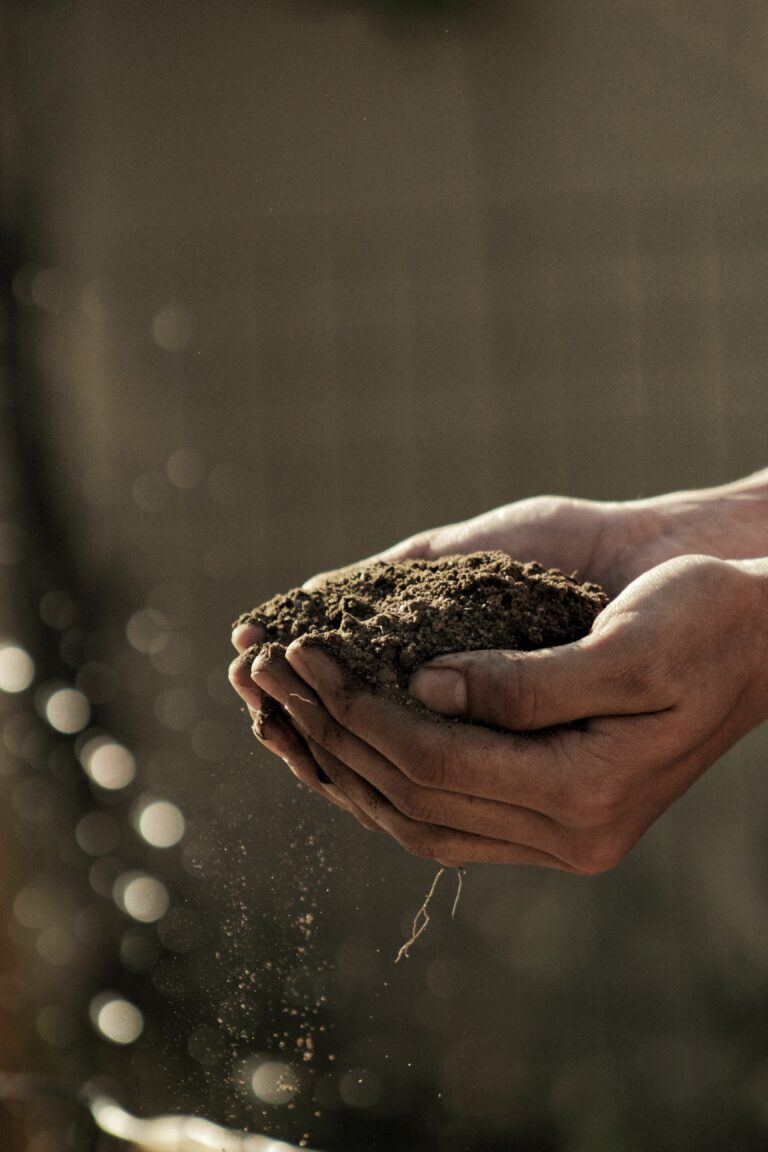
Crushed Coral or Aragonite Sand

Pros
Crushed coral and aragonite are made up of calcium carbonate, or dead and dried coral skeletons. This means it will bring the mineral content and PH up in the aquarium. They are commonly used in the saltwater hobby but can also be helpful in the freshwater side of the hobby. Those keeping African cichlids and some livebearers, like guppies, will benefit from the higher and steadier PH and minerals.
Plants can also benefit from having some extra minerals in the water. If you have very low PH, mixing crushed coral in with whatever substrate you choose can be a big help.
Cons
Keep in mind that not all fish will enjoy the high mineral content and PH. Also, crushed coral or aragonite by itself does not look very natural in a freshwater aquarium unless you are going for the “beach” look.
Keep note that both crushed coral and aragonite is perhaps the sharpest of the different aquarium substrate types.
Bare Bottom Aquarium or No Substrate
Pros
While some enjoy all of the different freshwater aquarium substrate types, some enjoy not having any. Some even enjoy adding tiles to the bottom of the tank, this has a similar effect to a bare bottom tank with a more modern “style”.
This process of not keeping substrate is particularly popular with those who raise fish fry or have large aquariums. It is certainly the cheapest, easiest to clean with high flow, and allows the breeder to control all of the nutrient export process and water parameters.
Another reason for leaving a tank without substrate is for a hospital tank. This allows for easy cleaning and viewing of fish waste.
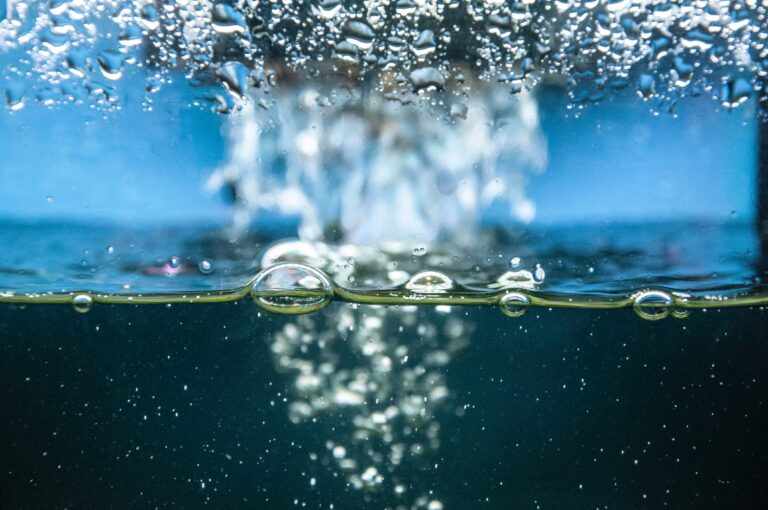
Cons
The first main con to not having any substrate is that many do not enjoy the way it looks. If proper filtration and water flow are not kept correctly you will see all of the fish waste and leftover food. It also means that you will not have the extra room for beneficial bacteria to grow like it can with something like gravel.
A final reason that many don’t keep their aquariums this way is because of the difficulty of keeping aquarium plants. If you have epiphyte plants, plants that get their nutrients from the water, or floating plants then you should be ok, but anything you may need to be planted in the substrate will need to be in a planter with root tabs. Java moss is a great option for a bare-bottom tank.
Aquarium Substrate Types - Mixed
Sometimes the best choice when presented with two options is both. When it comes to aquarium substrates, mixing and matching can be very useful and effective in accomplishing certain goals.
Potting Soil and Sand
Capping about one inch of organic potting soil with about two inches of sand can be very effective in keeping the messiness down while also allowing plants to use the nutrients of the soil and the freedom to grow.
Gravel and Sand
Aquascapers use this mix to create amazing depth and variety in the tank as nature generally has a mix of different rock sizes and sand as well.
Aquarium Soil and Sand or Gravel
One way to save some money and cut down on mess is to place aquarium soil in mesh bags. After doing this you can cover them with gravel and or sand. This allows for plants to get nutrients and for the soil to not get loose on the top of the sand.
Crushed Coral and Sand or Gravel
Sand and crushed coral helps give the tank a natural look while also having the benefit of buffering the PH.
Conclusion
There are many brands of soils, colors and sizes of gravel, and varieties of sands to choose from for your aquarium. Hopefully, this overview helps you in understanding the main types and some of their uses. There is no one way of keeping your aquarium healthy and everyone has different taste in what they enjoy using for aquarium substrates.
Enjoy whatever substrate you may or may not choose and learn as you go. Thanks for reading!